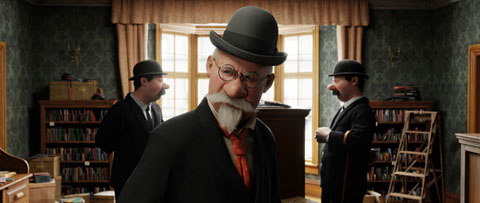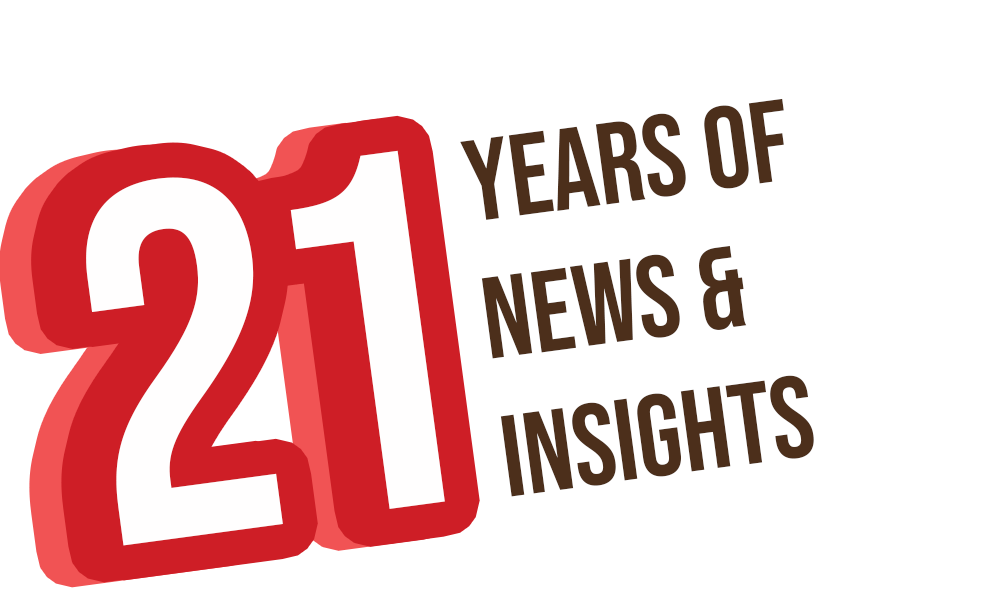“Space Jam” Producer Says Mo-Cap Isn’t Animation and Why He’s Wrong

Last July we posted the amended Oscar rules that stated motion capture would no longer be eligible for the best animated feature Oscar. The rule changes pose a challenge for Steven Spielberg who may want his upcoming film The Adventures of Tintin to be considered for an animation Oscar. In an op-ed piece in last weekend’s LA Times, Steven Paul Leiva, the animation producer of Space Jam, argued that motion capture doesn’t qualify as animation and suggested the Academy should disqualify Tintin.
As much as I personally dislike the aesthetic effects of motion capture films, I feel that both the Academy and Leiva are dead wrong on the matter. However ugly and unappealing a Robert Zemeckis film or the upcoming Tintin might be, they are still animation in my book, as is Happy Feet and even James Cameron’s Avatar.
In motion capture, more often than not there is an animator behind the scenes building and evolving those performances. The argument, therefore, becomes a mechanical question of how much of the performance was created with recorded movement and how much by an animator. Lest we forget that the exact same question could also be posed for Disney’s Snow White and the Seven Dwarfs, which had heavy rotoscoping on some of its human characters. The Disney studio’s later animated features like Alice in Wonderland and Sleeping Beauty were almost entirely filmed in live-action before being animated too, with often heavy reliance on rotoscoping for the final movement.
The more somebody attempts to label animation with inflexible definitions, the more prone that person becomes to making ridiculously misinformed statements such as the ones Leiva makes throughout his op-ed. For example, he argues that “film animation is not a fine or graphic art but is, rather, a performance art.” I could spend the next month posting links to abstract animated films, music videos and features like Yellow Submarine that are more graphic art oriented than performance based, but for the sake of ease, let’s just post the most obvious example that puts Leiva’s opinion to rest–a segment from Disney’s Fantasia:
The reason the Academy of Motion Picture Arts & Sciences changed their rules is understandable: they’re scared. They’re not ready to admit yet that in the next decade, feature film animation and live-action will become near indistinguishable. The kneejerk response is to throw up abitrary fences and proclaim, “This is animation” and “This isn’t animation.” Unfortunately, animation today can’t be compartmentalized. It incorporates CGI, visual effects, Machinima, After Effects puppetry and an ever-increasing variety of new techniques. The Academy will be forced into making more uncomfortable rule changes until they acknowledge the reality of animation’s evolution in the 21st century.
The traditionalists like Leiva come at it from a slightly different angle. Their position is to preserve the art of animation as if it were a dying and stagnant relic. They’ll pull out their dated “illusion of life” definitions as if Disney invented animation and made the rules for what can and and can’t be considered animation. In reality, what Leiva wants to protect is a specific brand of animated filmmaking rooted in classic conventions. Of course, take a look around and you’ll find that style of animation is still the status quo throughout the industry.
The silver lining in this whole debate is that while the Academy and the Leivas of the world rush to define animation and place labels on it, the art form will continue to evolve as it always has, in imaginative forms far beyond anybody’s wildest imagination.

.png)